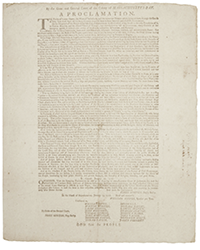Great Forgers and Fabulous Fakes by Charles Hamilton. Printed in 1980.
Advice that’s still fresh today.
Collecting paper has long been complicated. There’s a lot of it, many ways to approach it, and a lot of ways to buy it. And apparently there are many ways to fake it. Oh jeepers. Mr. Hamilton got quickly to the nib of the issue. Collectors love to have a physical personal connection to people they admire. The more you admire them, the more you want to have something tangible, and scoundrels noticed. Mr. Hamilton’s expertise was buying and selling such material and along the way learned to know the difference between authentic and unreal. Even serious collectors and collecting institutions have been susceptible to wishful thinking. The simple fact it’s fun to think a book, document or an envelope was in the master’s or mistress’s possession.
Forgers handling a mix of real and unreal manuscript material, have long attracted willing buyers. Once trust was established, the next step invariably was the collector or collecting institution to ask if the dealer/forger if they had anything else to consider. “Why yes, let me sort through my holdings.”
Mr. Hamilton started his book by telling the stories of a dozen celebrated Lincoln forgers. Among them:
Joseph Cosey
Charles Weisberg
Henry Cleveland
Eugene Field, II
John Laffite (Lafflin)
Henry Woodhouse
They expressed their admiration of Abraham Lincoln in their unique way.
While Mr. Hamilton’s volume is launched with Lincoln stories, he would pluck the feathers from many turkeys over his 20 chapters. He liked to understand the forger’s background, motivation and skill level.
I came across this book because one of our readers asked about material sold by or was associated with Eugene Field, II. It looked “good” to him, but others expressed doubt.
To answer his question, I spoke to two dealers about Eugene Field, II. Oh well, he was famous for his forgeries, mentioned in Hamilton’s book and I ordered it. Many copies were available. Soon I was reading Great Forgers and Famous Fakes. Mr. Field turned out to be widely known and had his own chapter (pages 77-87).
This was all a bit of a surprise to me. Over the years I primarily bought from name dealers. It didn’t mean I was entirely immune to fakes or tricked up copies. I bought a few but they worked out. I was a naif.
Certainly, tricked up bindings and enhanced copies were whispered about over the years. Some websites have been impugned. eBay wasn’t perfect but I bought many nice things for reasonable prices over the years.
But now as I read Mr. Hamilton’s book, printed in 1980, I for the first time appreciate how widespread humdrum forgeries have been. I didn’t know.
I read Kenneth Rendell’s Safeguarding History: A Life with Paper in 2023. He solved complex crimes, many involving significant sums relating to forgery. At the time, I was grateful I avoided many of the pitfalls buyers of signed copies may encounter. I simply lucked out.
I built a small collection of Thomas J. Wise’s fakes 20 years ago. The goal was to buy his fakes. Nothing real, thank you. The prices were reasonable and out of the blue an esteemed ABAA dealer enquired whether he could buy the entire group. Of course! And he paid real money.
Since then, I have focused on interesting but essentially invisible material. Forgeries are worth the trouble or the risk only when significant money is at stake. What I collect is satisfying but in the main, inexpensive.
All this taken together; Charles Hamilton’s book remains both entertaining and useful after these many years. If you are investing in signed material, you best know its history. Mr. Hamilton is long gone but Mr. Rendell is still active and has written 9 books on the subject.
There are many ways to collect paper.

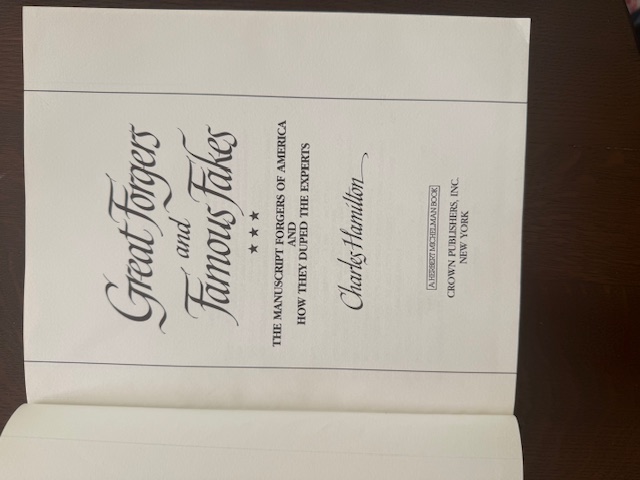
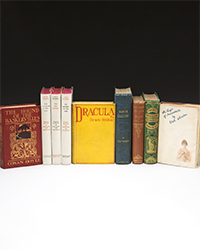
![<b>Heritage, Dec. 15:</b> John Donne. <i>Poems, By J. D. With Elegies on the Author's Death.</i> London: M[iles]. F[lesher]. for John Marriot, 1633. <b>Heritage, Dec. 15:</b> John Donne. <i>Poems, By J. D. With Elegies on the Author's Death.</i> London: M[iles]. F[lesher]. for John Marriot, 1633.](https://ae-files.s3.amazonaws.com/AdvertisementPhotos/8caddaea-4c1f-47a7-9455-62f53af36e3f.jpg)
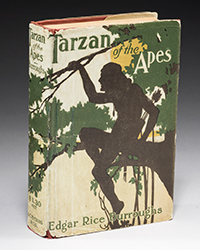
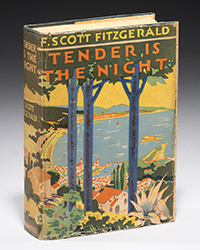
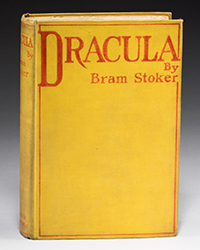
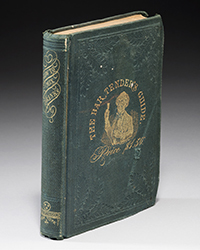

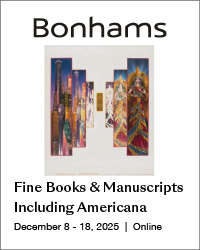

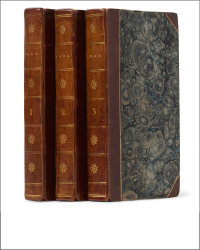
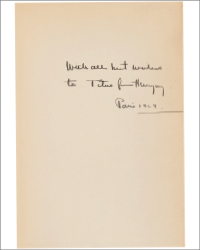
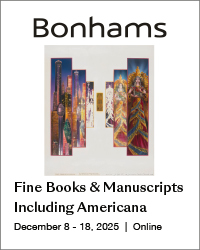
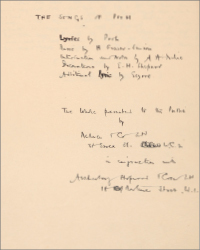

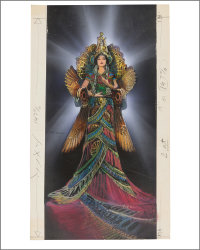
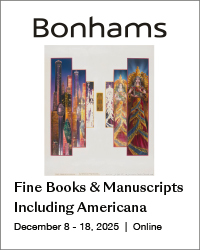
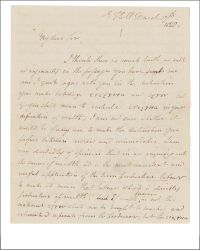
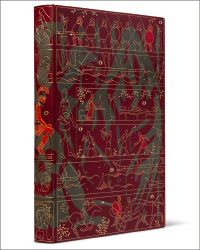
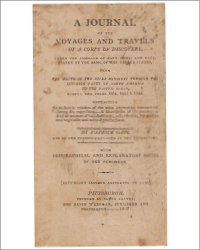
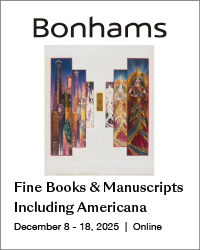
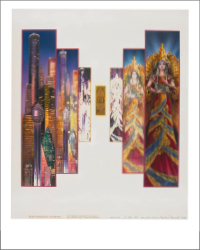
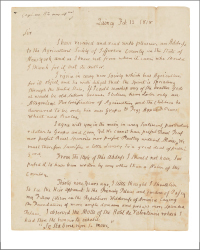

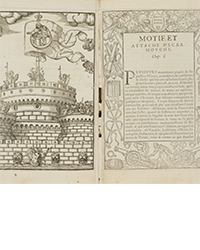
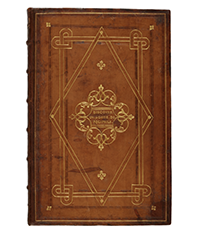
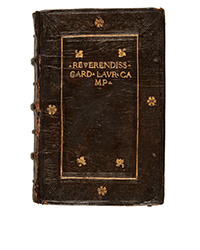
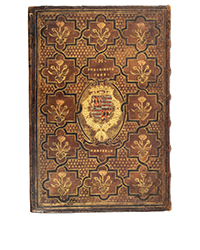
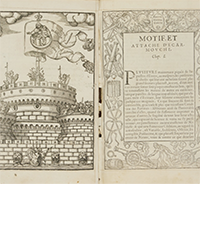
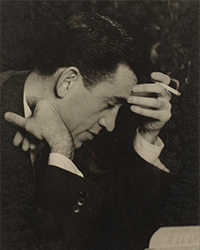
![<b>Sotheby’s, Dec. 16:</b> [Austen, Jane]. A handsome first edition of <i>Sense and Sensibility,</i> the author's first novel. $60,000 to $80,000. <b>Sotheby’s, Dec. 16:</b> [Austen, Jane]. A handsome first edition of <i>Sense and Sensibility,</i> the author's first novel. $60,000 to $80,000.](https://ae-files.s3.amazonaws.com/AdvertisementPhotos/9a74d9ff-42dd-46a1-8bb2-b636c4cec796.png)
